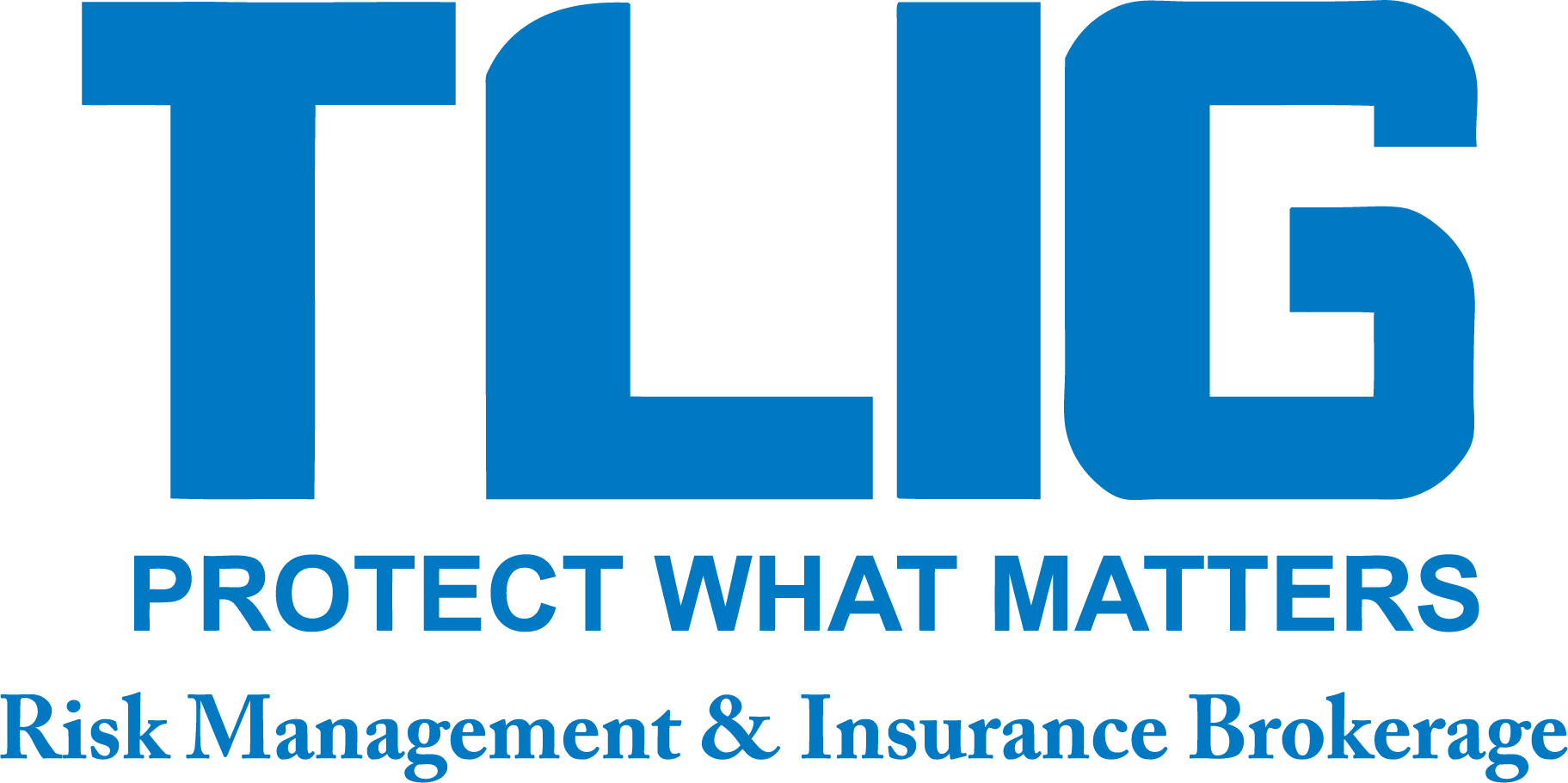It’s Valentine’s Day, and thoughts of people everywhere turn to … jewelry.
About one of four Americans buys jewelry, spending $2,000 per year on average, and industry
experts expect jewelry sales to grow by at least 5% annually through 2025.
Those who don’t buy shiny things for Valentine’s Day may prefer other types of
valuables, such as electronics, artwork, antiques, wine and furs. All totaled,
Valentine’s Day gifts will tally approximately $17 billion of retail sales in
2008.
Whatever the purchase, American consumers should take steps to safeguard and insure their
valuables. Homeowners insurance generally covers valuable and precious items
such as jewelry, but they usually have limits.
Typically policies restrict the dollar amount of coverage for individual valuable items ($1,000 is
a typical maximum), as well as “sub-limits” that constrain coverage for certain
categories of possessions (all the jewelry in the house, for example) to a
certain dollar amount (say, $10,000).
What’s more, most homeowners insurance policies cover “named perils” such as fire, lightning, and
windstorm. That will exclude many events that create financial losses. Note,
for example, that “my five-year-old dropping my engagement ring in the toilet
and flushing” is not a named peril.
To cover such circumstances—or other situations that the insurance industry has dubbed
“mysterious disappearance” —you’ll need a valuable articles personal property
endorsement (also called a “floater”) on your homeowners contract. Some
homeowners insurance carriers also sell stand-alone valuables policies.
Need to know what’s best to protect your beloved Valentine’s Day gift? Ask your Trusted Choice®
insurance agent. He or she will need a copy of your receipt or bill of sale for
jewelry, furs, electronics and other valuable items.
With valuable items, two of the biggest snags that consumers run into at the time of a claim are
proving that an item is missing or stolen, and establishing a value for the
items. In fact, insurance carriers, when contacted for a claim, sometimes even
ask consumers to get a police report for the missing item, even if the loss was
not thought to be a theft.
Proving the value (termed “proof of loss”) of items is imperative when it’s time to file a claim.
Claims are simpler and faster for consumers when they have photos of valuable
items and collections; receipts or appraisal reports: and a written inventory.
Most valuables “floaters” or values policies can provide:
- All-risks coverage, which covers mysterious disappearance as well
as flooding or breakage. - $0 deductible, which means that the entire replacement cost of
that engagement ring is covered. - Blanket coverage for groups of valuables such as jewelry, crystal,
or fine arts. - “Scheduled” coverage (meaning that items are individually listed)
for valuables. - Coverage for valuables purchased but not yet reported to the insurance
agent or carrier.
Whatever is on your Valentine’s Day wish list or shopping list, protect it. It’ll help you love it even more. TLIG is a local Trusted Choice® agency that represents multiple insurance companies, so it offers you a variety of personal and business coverage choices and can customize an insurance plan to meet your specialized needs.
Visit us online at www.tligins.com or call us at (434) 582-1444.

